The Volvo B10TL, also known as the Volvo Super Olympian (VSO), is a three-axle double-deck bus chassis manufactured by Volvo Buses between 1998 and 2004. It was the successor to the popular Volvo Olympian bus and brought improvements such as a full-low-floor layout and electronically controlled air suspension. The bus sold well in Hong Kong and Singapore—both regions with traditionally strong demand for three-axle double-deck buses.
In Singapore, SBS Transit was the sole operator of the Volvo B10TL, with 51 units entering service between 1999 and 2002. These buses had bodywork supplied by Australian bodybuilder Volgren. A final prototype unit entered service only in 2005, fitted with a prototype bodywork design by PSV International and ComfortDelGro Engineering.
Chassis Design
The Volvo B10TL chassis was designed based on its predecessor, the Volvo Olympian. To lower the floor of the bus, inverted portal axles (dropped axles) were implemented; however, this also resulted in the removal of passive steering functionality for the middle axle (which was present in the Volvo Olympian). As such, Volvo B10TLs display noticeable tyre screeching from the middle axle while navigating tight corners.
The original passive suspension system has been upgraded to an electronically-controlled semi-active suspension. A unique feature of the bus is that after turning, the suspension unit does not automatically stabilise until the bus becomes stationary. Finally, the radiator was moved forward, now situated behind the front axle to free up space for rear components.
In 1998, the Volvo B10TL chassis was unveiled at the UITP City Transport ’98 Exhibition, held in Hong Kong from 21-23 October 1998.
Volvo initially manufactured the Super Olympian chassis in Irvine (UK). Following the closure of the facility in mid-2000, production was relocated to Wrocław (Poland). The manufacturing plant can be identified by the plant code (11th digit of VIN number), with C for Irvine and 1 for Poland.
Technical Specifications
Volvo Super Olympians were offered with the Euro II-compliant Volvo D10A-285 engine rated at 285 hp and 1200 Nm, coupled with Voith and ZF gearbox options. A Euro III-compliant version (Volvo D10A-285 ECO1) was offered from the year 2000 onwards. While this configuration worked well for Singapore roads, it faced challenges in Hong Kong due to the hilly terrain, and the bus gained a reputation for struggling with uphill climbs. At the time, the comparable Dennis Trident offered Cummins M11 or Cummins ISMe engines in excess of 300 hp.
The Volvo B10TL was offered in lengths of 12 m, 11.3 m and 10.6 m to suit different requirements, but no known orders were placed for the 11.3 m version. Bodywork designs that have been paired with the Volvo B10TL include the Alexander ALX500, Volgren CR221LD, Volgren CR223LD and Wright Explorer.
SBS & SBS Transit: A summary
Singapore Bus Service (SBS) took delivery of its first Volvo B10TL in 1999, registered as SBS9888Y and bodied by Volgren. A satisfactory trial led to the purchase of 50 more units, entering service between 2002 and 2003 and registered SBS9800A – SBS9849K, by which SBS had already rebranded itself to SBS Transit. All production batch buses received the same Volgren bodywork and were assembled locally, with the exception of SBS9810X, which was assembled in Australia.
The final B10TL chassis received a prototype bodywork developed by SBS Transit in cooperation with PSV International and built by ComfortDelGro Engineering. It entered service in 2005 as SBS9889U, the last Volvo B10TL to be registered. This prototype bodywork would later be adapted for Volvo B9TL buses.
Comparison Table:
| SBS Transit Volvo B10TL | |||
| Batch | Volgren Demonstrator | Production Batch | PSV/CDGE Demonstrator |
| Registration | SBS9888Y | SBS9800A – SBS9849K | SBS9889U |
| Quantity | 1 | 50 | 1 |
| Registration Period | 1 Nov 1999 | SBS9800A: 4 Apr 2002 SBS9801Y – SBS9849K: 17 Feb 2003 – 11 Apr 2003 |
1 Mar 2005 |
| Bodywork | Volgren CR222LD | PSV International / ComfortDelGro Engineering | |
| Technical Specifications | |||
| Engine | Volvo D10A-285 (Euro II) | ||
| Displacement | 8268 cc | ||
| Power/torque | 285 hp (210kW) @ 2000 rpm / 1200 Nm @ 1450 rpm | ||
| Transmission | ZF Ecomat 5HP 590 | Voith DIWA 863.3 (original) ZF Ecomat 4HP 590 (7 units converted) |
Voith DIWA 863.3 |
| Passenger Capacity | Upper Deck Seated: 55 Lower Deck Seated: 28 Lower Deck Standing: 42 Total: 125 |
Upper Deck Seated: 55 Lower Deck Seated: 27 Lower Deck Standing: 39 Total: 121 |
|
| Electronic Display Signage (EDS) | None Previously: Mobitec Flipdot |
LECIP Previously: None / Transit Media (SBS9810X) |
LECIP Previously: Transit Media |
| Notes | Retired in 2010 | Retired in 2020 | Retired in 2020; Scrapped in 2021 |
SBS Volvo B10TL Volgren-bodied Demonstrator (SBS9888Y)
In 1999, Volvo brought in a demonstrator Volvo B10TL for Singapore Bus Services (SBS) for trial purposes. Registered on 1 November 1999 as SBS9888Y, it was the first low-floor double-decker bus to be introduced in Singapore, and a showcase for the next-generation double-deck buses to come.
Technical Specifications:
| Volvo B10TL Demonstrator | |
| Registration | SBS9888Y |
| Engine | Volvo D10A-285 (Euro II) |
| Transmission | ZF 5HP 590 (5-speed) |
| Bodywork | Volgren CR222LD (assembled by Soon Chow) |
| EDS | None Previously: Mobitec Flipdot |
Additional Specifications:
Branded as “Singapore’s First Low-floor Superbus”, SBS9888Y’s chassis was assembled at Volvo’s UK plant in Irvine, Scotland, and bodied by Volgren in Dandenong, Australia, and finally shipped completely built up to Singapore. The body was a CR222LD demonstration model, arranged with 55 upper deck seats, 28 lower deck seats and standing space for 42 passengers.
Entering service in 1999, the bus was first deployed to Bus Service 87, introduced that same year between Sengkang and Bedok. Between 2000 and 2003, it served on SBS’s flagship Express 502 between Sengkang and Boon Lay, until the route’s shortening under NEL rationalisation, and subsequently re-deployed to other routes.
The Mobitec Flip-dot type Electronic Display Signage (EDS) was removed in November 2005 after it was deemed unserviceable, and the bus reverted to using plastic destination signs (colloquially called “destos” among bus enthusiasts). However, the opaque window film around the EDS was retained, forming a thick black border around the front destination sign. This feature made SBS9888Y easily distinguishable from the subsequent production batch Volvo B10TLs.
In the early hours of 7 March 2010, SBS9888Y was burnt down in a fire at Ang Mo Kio bus depot, along with five other double-decker buses. It was deregistered a year later.
SBS Volvo B10TL Volgren-bodied Production Batch (SBS9800A – SBS9849K)
Main Article: Volvo B10TL (Volgren)
After the successful trial of SBS9888Y, Singapore Bus Services placed orders for a production batch of 50 Volvo B10TL buses in 2001. All buses were fitted with the same Volgren bodywork and were registered between 4 Apr 2002 and 11 Apr 2003 as SBS9800A – SBS9849K.
The Volvo B10TL (Volgren) is discussed in detail in a separate article.
Technical Specifications:
| Volvo B10TL |
|
| Registration | SBS9800A – SBS9849K |
| Engine | Volvo D10A-285 (Euro II) |
| Transmission | Voith DIWA 863.3 (43 units) ZF 4HP 590 (7 units) |
| Bodywork | Volgren CR222LD |
| EDS | LECIP Previously: None / Transit Media (SBS9810X) |
The last batch of buses (SBS9835A – SBS9849K) were retired on 10 April 2020 after reaching their statutory lifespan of 17 years. The last day of operations was on 7 April 2020. (see: Farewell. Volvo B10TL Volgren Buses | Land Transport Guru)
SBS Transit Volvo B10TL PSV / CDGE-bodied demonstrator (SBS9889U)
Main Article: Volvo B10TL (PSV / CDGE)
When SBS placed orders for a Production batch of 51 Volvo B10TLs, 50 of them were built with Volgren bodywork. The last chassis was retained by SBS Transit (re-branded from SBS in late 2001) to be fitted with a prototype bodywork by PSV International / ComfortDelGro Engineering and registered on 1 Mar 2005 as SBS9889U.
The Volvo B10TL (PSV / CDGE) is discussed in detail in a separate article.
Technical Specifications:
| Volvo B10TL PSV/CDGE Demonstrator | |
| Registration | SBS9889U |
| Engine | Volvo D10A-285 (Euro II) |
| Transmission | Voith DIWA 863.3 |
| Bodywork | PSV International / ComfortDelGro Engineering |
| EDS | LECIP Previously: Transit Media |
Gallery:
Preserved Buses
SBS9844Z (VIN: YV3S1E11521050689) was purchased by a private collector and shipped to Hong Kong after its retirement. This bus arrived in Hong Kong in August 2020.
SBS9817C (VIN: YV3S1E11021050602) was preserved at APSN Chaoyang School in December 2020.
External Links & References:
- Volvo Super Olympian – Wikipedia
- Volvo B10TL Super Olympian – SGBuses
- Hong Kong Vehicles Network Express (hanvas.com)
- Volvo Buses – Volvo Super Olympian (archive.org)
- Volvo Buses – Volvo Super Olympian – specifications (archive.org)
- Volvo Super Olympian 12m Photographs (worldabh.info)
Back to Bus Models
Back to Bus Articles
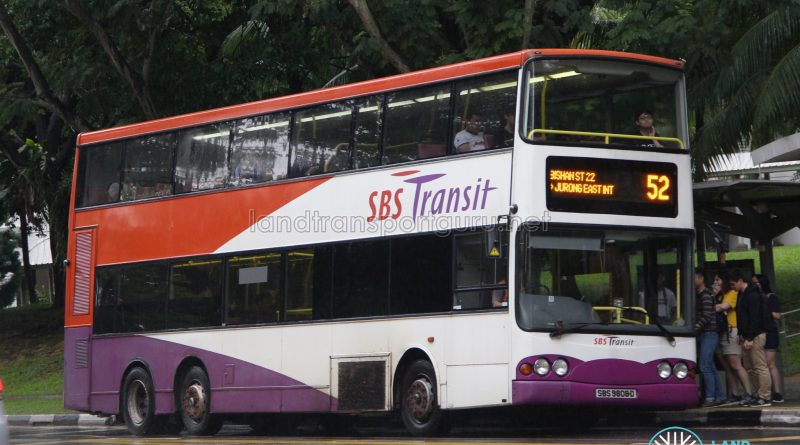
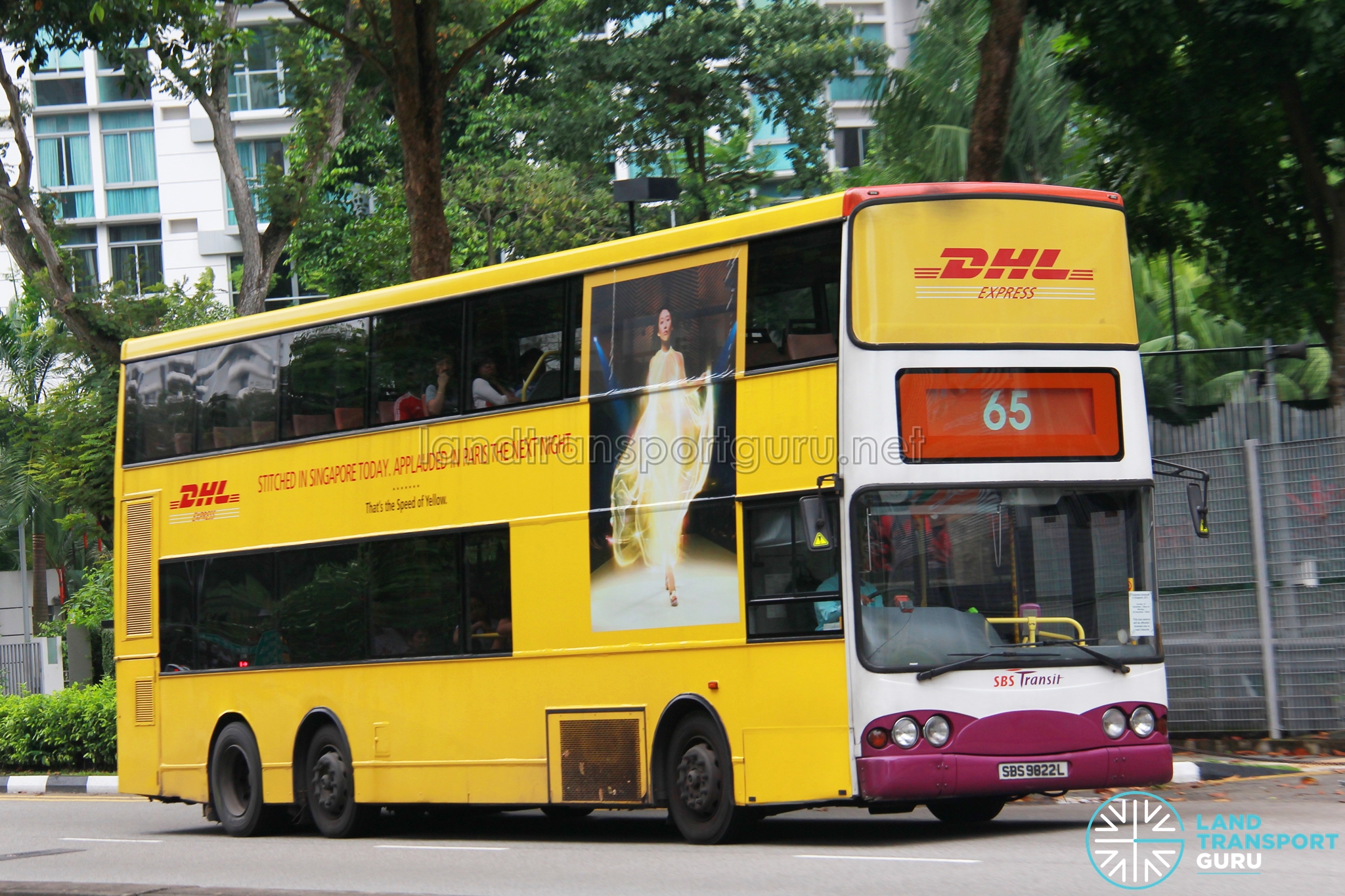
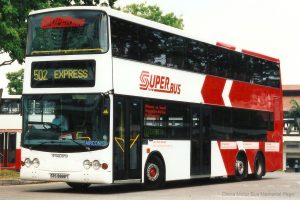
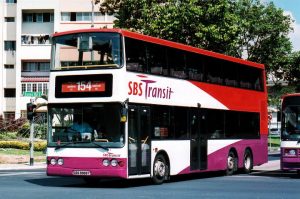
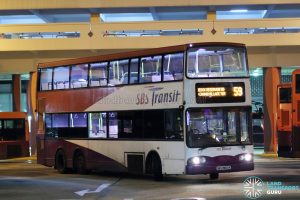
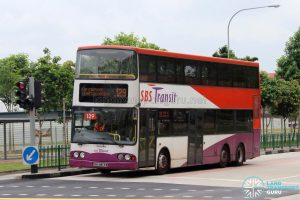
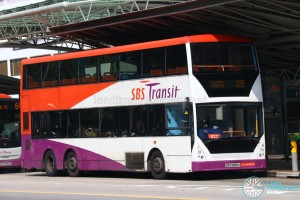
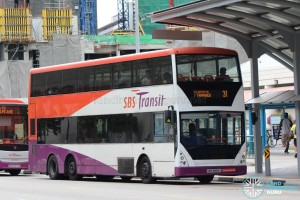
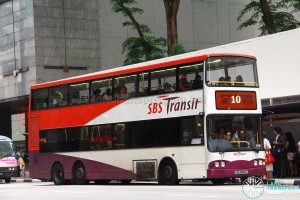
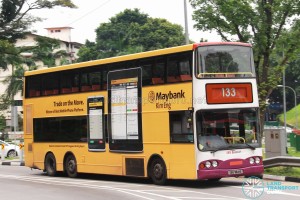
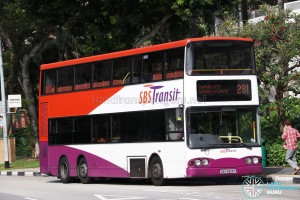
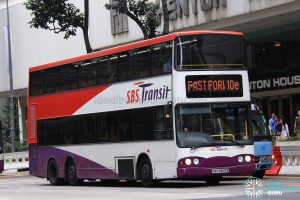
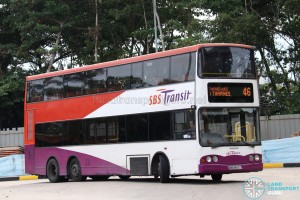
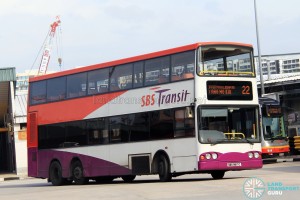
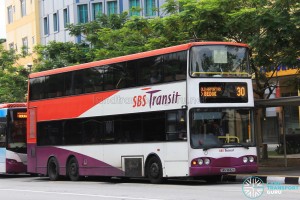
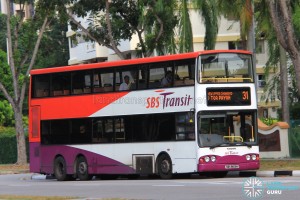
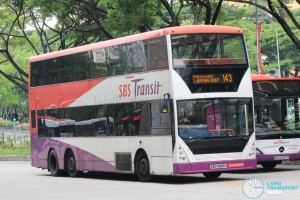
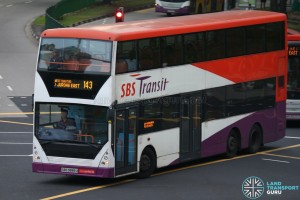


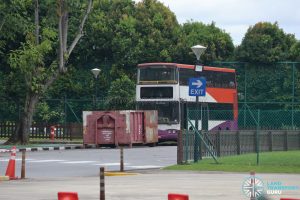
But I will replace it by b9tl volgren buses
SBS should have ordered 700+ of B10TLs in which SBS Transit Volvo Super Olympian should have ordered a lot of Volgren CR222LD, Wright Explorer, CDGE and Gemilang Busses